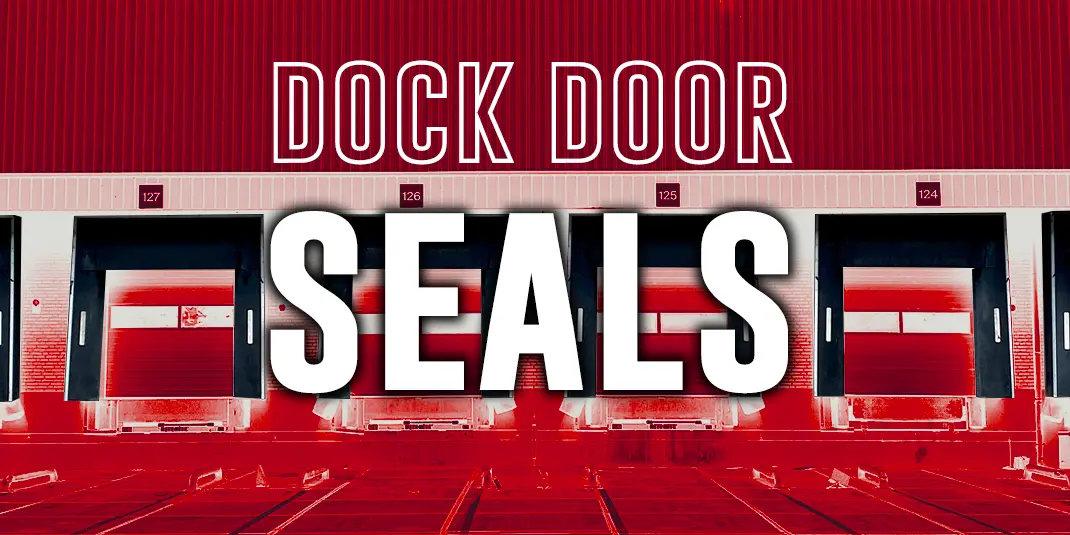For businesses that contend with heat in their workplaces, there may be an inclination to avoid cooling the temperatures wherever possible to avoid the high costs of cooling. However, this strategy comes with many drawbacks, including the potential to cost much more in the long run. This article will cover the true costs of not cooling temperatures in the workplace, offering insight into the many ways you may be costing your business greater expenses as a result. Read on to learn more!
The Impact of Heat on Productivity
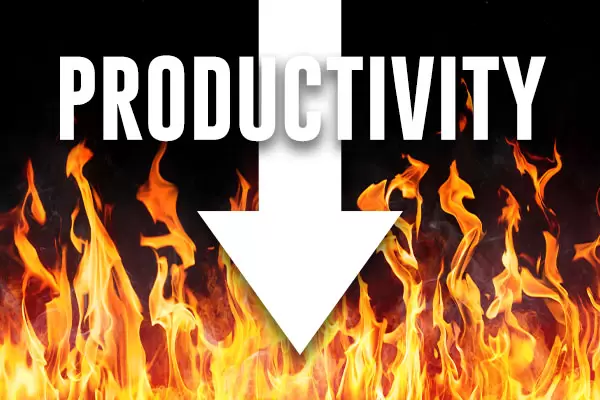
Based on research from NASA, there is a 42% elevation in mistakes occurring on the job when temperatures soar from 80 F degrees to 90 F degrees. Simply, the hotter the conditions, the harder it is to work. Government and private agencies have acknowledged and accepted the reality that when temperatures reach 90 F, productivity drops in accordance by approximately 29%. These figures demonstrate how the quality of work and productivity are impacted by high temperatures.
For businesses contemplating the added cost of providing cooling, it must be considered: Is a 42% reduction in employee productivity less costly than cooling the air?
Preventing Workplace Injuries
 Heat in the workplace is not only uncomfortable and a major stressor to workers, but it is also extremely dangerous. OSHA states that workplace injuries occur 3 times more frequently during hot months than cooler months – indicating Business leadership has a responsibility to reduce the risk of injuries wherever possible, and this includes proactive heat mitigation at the workplace. If you fail as a business owner to provide a safe work environment, the consequences may be much more costly.
Heat in the workplace is not only uncomfortable and a major stressor to workers, but it is also extremely dangerous. OSHA states that workplace injuries occur 3 times more frequently during hot months than cooler months – indicating Business leadership has a responsibility to reduce the risk of injuries wherever possible, and this includes proactive heat mitigation at the workplace. If you fail as a business owner to provide a safe work environment, the consequences may be much more costly.
Heat-Related Insurance Claims
Injuries on the job not only cost companies in terms of employees being out of work, but they also are responsible for covering insurance which covers the costs of medical care required for injuries. The higher the number of claims, the higher the cost. So in addition to losing quality staff members impacting overall productivity, (which may create added stress for your healthy workers), you may face a greater number of claims, which can drive up the cost of your insurance. Above all, keeping these claims minimal to nonexistent should be the goal of every company.

Heat-Related Workplace Absenteeism
According to The U.S. Department of Labor, workplace absences increase by 44% when workers are subjected to hot conditions. Businesses cannot instantly replace their workplace personnel, as it is very costly and time-consuming to find the right employees. With cooler conditions, workers will have fewer reasons to repeatedly miss work because of the uncomfortable and dangerous conditions, which can positively impact productivity and prevent an excess of lost time at work.
Long-Term Employee Retention
Keeping employees comfortable in their day-to-day activities is very important in building long-term loyalty and commitment. More comfort in their daily activities results in overall happier employees, who stay with companies longer. This equates to less turnover and greater retention, which has a very positive effect on a business’s bottom line.
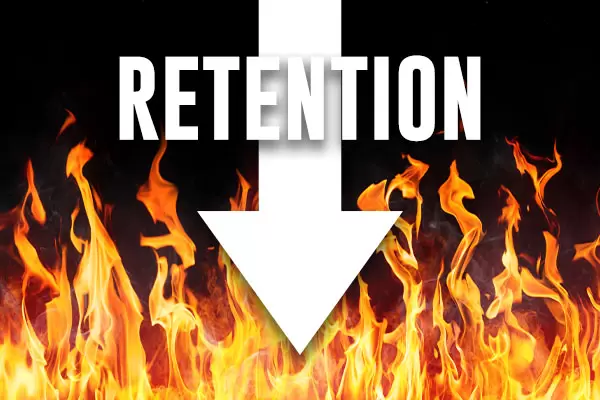
In other words: more comfort = happier employees = longer retention = less turnover.
The Cost of Cooling VS Not Cooling
Saving on cooling costs may seem like an easy and obvious means to reduce business overheads, but it is not the most intelligent move. If you are not providing cooling for your workers due to the expense, it is important to understand there are many options available that may not be as costly as installing central air conditioning units.
One such option is using atomized evaporative cooling fans from Power Breezer. These fans are portable, they can be used indoors or outdoors, they are extremely energy-efficient, and provide a versatile means of operation that allows for great agility in location and the type of work environment. These fans are used in high-volume warehouses and loading docks, in many industrial settings, by numerous professional athletic associations such as the NFL, and by the US Military across the world. In most cases, utilizing this type of technology for cooling produces such excellent results, the cost of the machines is more than minimized, offset by the incredible value they bring to workplaces.
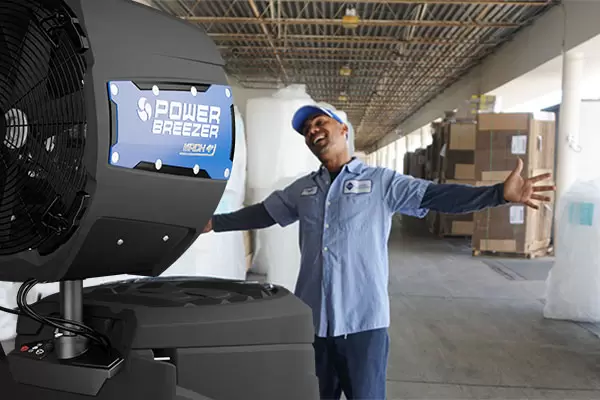
If you have to choose to cool or not to cool the place of business, in hopes of keeping expenses to a minimum, educate yourself on the many options available. Cooling your workplace does not have to be exorbitant or excessive, thanks to the many innovative, technologically advanced products available on the market today.
Considering all of these various factors that come into play when you consider the impact of not providing ample cooling in places of business and employment, not cooling the space is a costly risk not worth taking. These costs may be felt in the short and long term, and they can have devastating, reverberating effects on your business as a whole. From being able to keep valuable staff members employed with your business, to reducing the number of insurance claims, to meeting the requirements of workplace safety laws, providing cooling on the job is not something to sidestep. For the safety of workers and your business overall, keeping your people cool is a necessity.


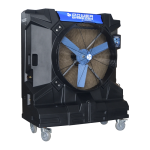
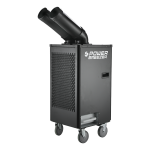
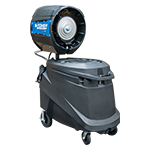
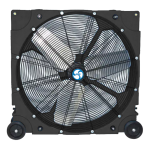

















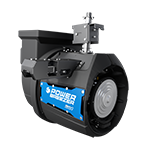



 Heat in the workplace is not only uncomfortable and a major stressor to workers, but it is also extremely dangerous.
Heat in the workplace is not only uncomfortable and a major stressor to workers, but it is also extremely dangerous. 


